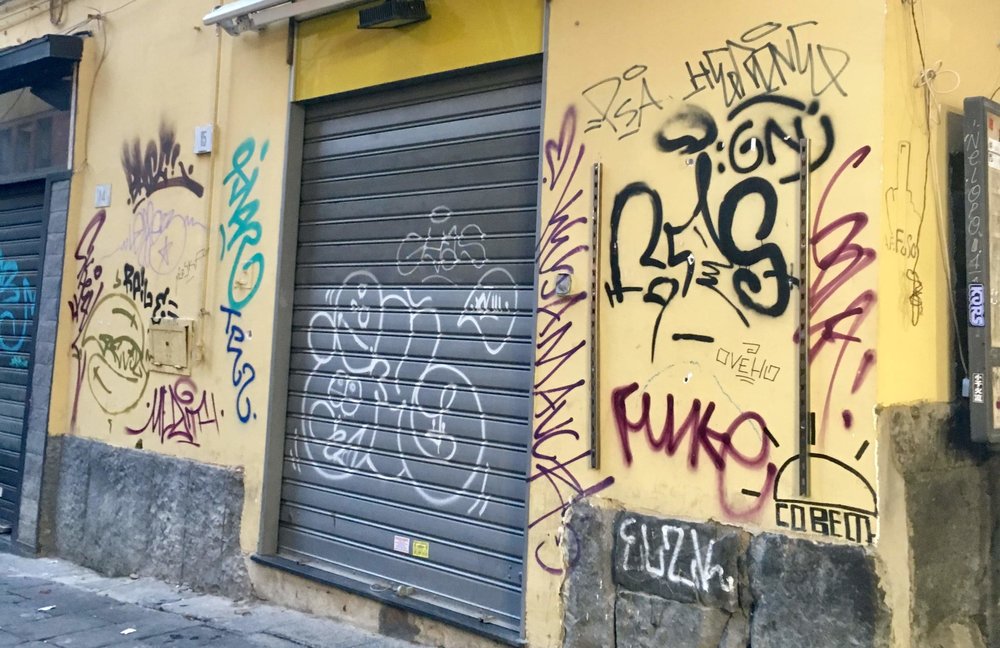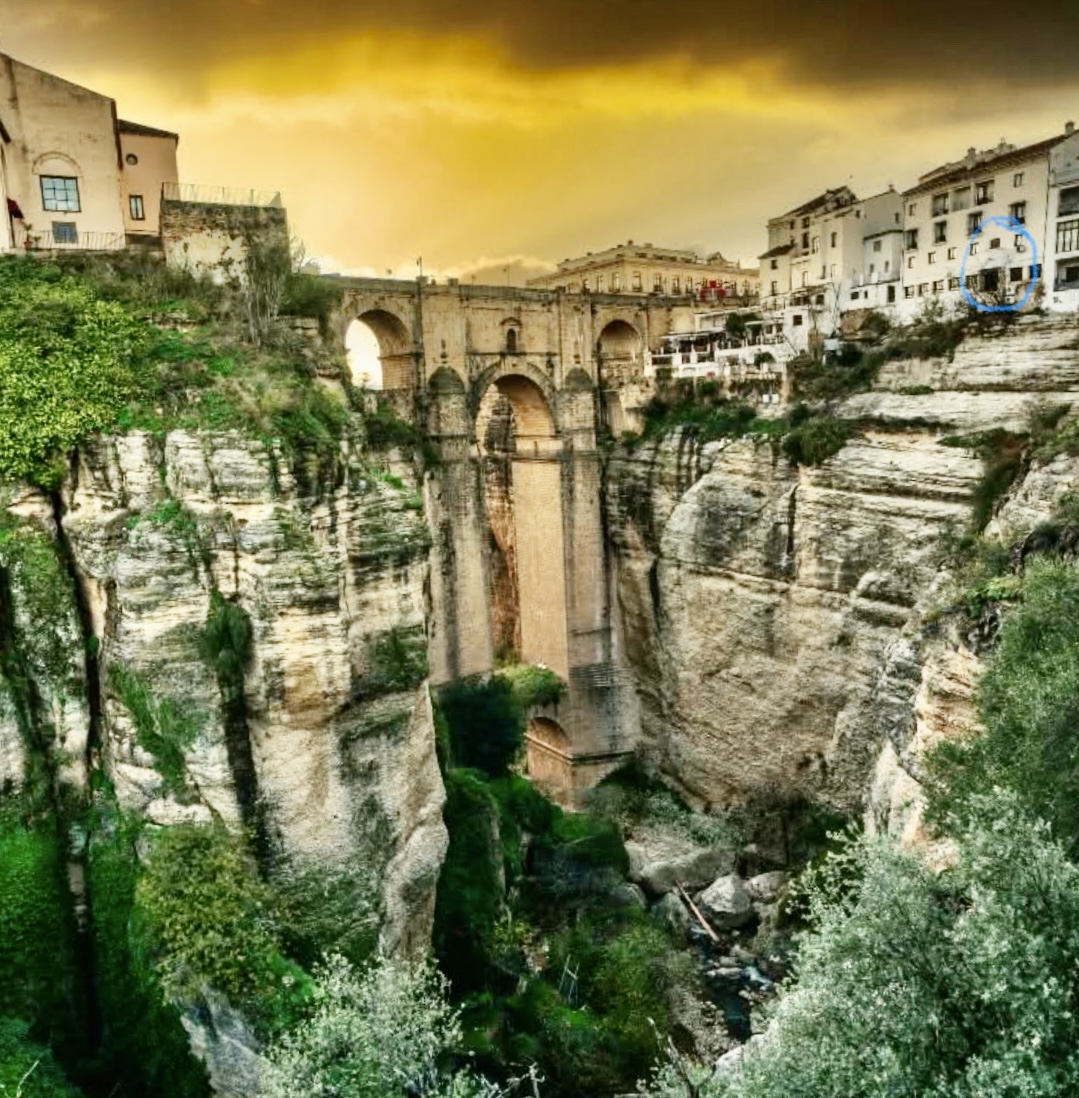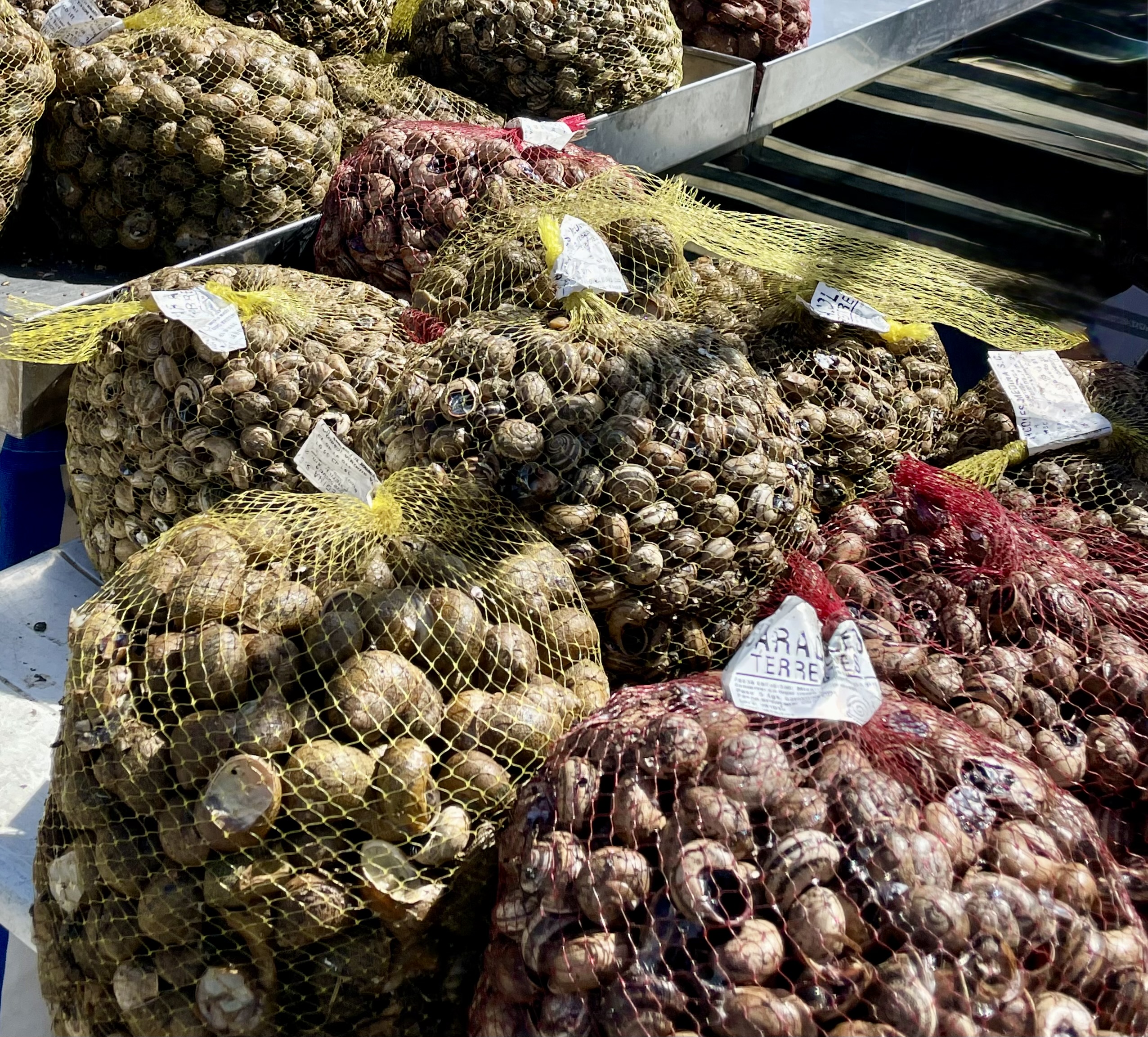
Malocchio
April 4, 2019
Like anything, I suppose, you must eventually just get used to it.
My record for selecting hotels conveniently located to train stations and appearing to be safe, in addition to being great values, held firm through the first four major stops on our Italian itinerary. Our hotel in Munich was a short walk to the train as well as the great shopping and pedestrian mall of Karlsplatz. Ditto for Verona and Cinque Terre. In Florence we were so close to the terminal, the hotel was named after it. The famous Duomo there was less than a ten minute walk away (thirty if you had followed along with my instinct for directions after dinner that one night.) Then came Naples.
The first thing Carol noted during our short walk to our hotel was the presence of graffiti on almost every square inch of building surface up to a height not requiring scaffolding. “Doesn’t this city have any pride?” Carol asked aloud and rhetorically. A few minutes later, when we arrived at our hotel in what appeared to be ground zero for graffiti creation, Carol rephrased her comment. “Can we get back on the train?”

You shouldn’t have to get used to this, however
Well, the station was close enough to hop back on something heading out of town, but I believed her question to be more editorial than interrogatory. The heavy, fortress-like iron gate that guarded the entrance to our B&B, and then past the elevator that didn’t work, through the main door to our floor that had been braced by an a iron bar we were told not to touch, all failed to instill the sense of security in Carol that I’m sure she would have had, had we been travelers in the 15th century instead of the 21st.

The famous cornos, or horns, used to ward off the Malocchio
We’d managed to arrive in town yet again at the start of the Italian riposo (their version of the siesta), so we set out on a quest for lunch that led us down streets even less picturesque that the one we were booked on. Trash removal also had a medieval quality about it, in the sense it did not appear to have come into existence as of yet. (True, there could have been a garbage strike, but even the lengthier ones didn’t look quite this bad.) There were no rats plundering the piles of rubbish, but that could have been simply the same rodent ennui that seemed to infect municipal governance. It’s also possible that all the rats in the city had been run over by the homicidal Vespa riders that seemed to regard pedestrians in crosswalks as points to be tallied in some Mad Max competition.

A shot of Shelley’s “sublime and lovely contemplation” of Italy
In all fairness to the city, Carol did locate the Naples’s famous castle from whose perch we could see out to a part of the city that could lay claim to physical beauty and more reliable public services. It was just that those areas were quite far from where we were staying. We did manage a quite pleasant happy hour in a cafe near the foot of that castle, served by a delightfully cheerful Greek barista and soon populated by a lively influx of locals getting off work. The scene erased the somewhat post-apocalyptic one we had experienced in the old quarter of the city the night before, where corno souvenirs (red horns to ward off the malocchio or evil eye) were hawked on every corner.
I could have used one of those, when I happened to ask Carol as we were leaving Naples the next day, what she had thought of the city overall.
The poet Shelley wrote there were two Italy’s, “the one is the most sublime and lovely contemplation that can be conceived by the imagination of man; the other is the most degraded, disgusting, and odious.”
He most certainly had been in Naples when he wrote that.



Be the first to comment